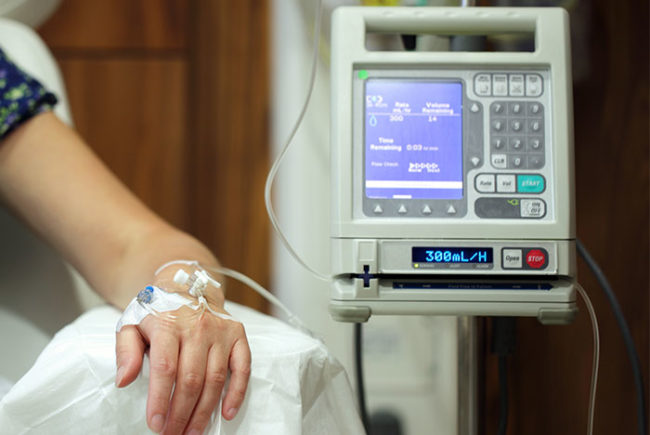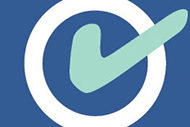Inadequate cleaning of flexible endoscopes before disinfection was named the No. 1 health technology hazard in ECRI Institute's Top 10 list for 2016.
It replaced missed clinical alarms, which ECRI Institute, Plymouth Meeting, Pa., named the No. 1 health technology hazard in its 2015 Top 10 list.
The failure to adequately reprocess contaminated instruments by cleaning and disinfecting or sterilizing them before they are used on subsequent patients, can lead to the spread of deadly pathogens, ECRI says.
A key aspect of effective reprocessing is cleaning biologic debris and other foreign material from instruments before the disinfection or sterilization step. If this precleaning is not carried out effectively, the disinfection or sterilization step may not be effective.
Flexible endoscopes in general, and duodenoscopes in particular, are of specific concern because their complex design and long, narrow channels can make effective cleaning difficult, according to ECRI.
A series of fatal carbapenem-resistant enterobacteriaceae (CRE) infections in 2014 and 2015 illustrates this concern. The deaths were associated with the use of duodenoscopes that were not successfully disinfected between uses, an ECRI official says.
Facilities need to emphasize to their reprocessing staff that inattention to the cleaning steps within the reprocessing protocol can lead to deadly infections.
No. 2 on ECRI’s 2016 list is a failure to recognize and respond to an actionable clinical alarm condition in a timely manner, which can result in serious patient injury or death.
ECRI says patients are put at risk when a medical device such as a physiologic monitor, ventilator or infusion pump does not detect an alarm condition. Patients are at risk when the condition is detected, but not successfully communicated to a staff member who can respond.
Patient risk also can be created when an alarm condition is communicated to clinical staff, but not appropriately addressed because staff members fail to notice the alarm, ignore an alarm that warrants a response or respond incorrectly
Addressing clinical alarm hazards requires a comprehensive alarm management program that includes stakeholders from throughout the organization, ECRI states.
The remaining list of technology hazards in ECRI’s 2016 list includes, in descending order:
- Failure to effectively monitor postoperative patients for opioid-induced respiratory depression.
- Inadequate surveillance of monitored patients in a telemetry setting.
- Insufficient training of clinicians on operating room technologies.
- Noncompatible health information technology system configurations and facility workflow.
- Unsafe injection practices.
- Gamma camera mechanical failures.
- Failure to appropriately operate intensive care ventilators.
- Misuse of USB ports, which can cause medical device malfunctions.
Produced each year by ECRI Institute's Health Devices Group, the Top 10 Health Technology Hazards list identifies the potential sources of danger that it believes warrants the greatest attention for the coming year.
For resources to address problems described in this report, visit ECRI’s 2016 Top 10 Health Technology Hazards Solutions Kit.





